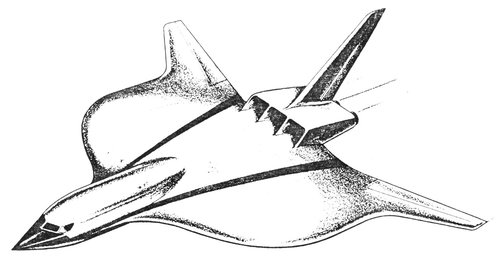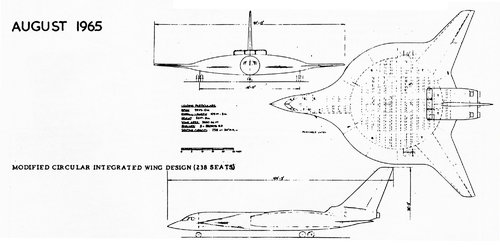You are using an out of date browser. It may not display this or other websites correctly.
You should upgrade or use an alternative browser.
You should upgrade or use an alternative browser.
name this bae project
- Thread starter Maveric
- Start date
Vahe Demirjian
I really should change my personal text
- Joined
- 28 February 2013
- Messages
- 815
- Reaction score
- 570
The HP.134 had a single vertical stabilizer, but the one in the 1981 Flieger Revue magazine has two vertical stabilizers and has rounded leading edges.
zebedee
ACCESS: Secret
Its described in the July 1988 Hatfield Future Projects Newsletter as the Short Haul High Capacity Aircraft study and dates from August 1965. Seating capacity is listed as 238. WIll post three view later when I can find the scanner...
Zeb
Zeb
- Joined
- 30 November 2007
- Messages
- 1,126
- Reaction score
- 586
No, it's an Airbus Industrie design to show how an A310-capacity could fit into a smaller airframe......
Terry (Caravellarella)
Terry (Caravellarella)
zebedee
ACCESS: Secret
From the July 1988 Hatfield Future Projects Newsletter, the Short Haul High Capacity Aircraft study from August 1965.
"From economic considerations the second generation aircraft wilt require some degree of breakthrough in terms of structural weight and cost savings. For some time consideration has been gives to the integrated approach, where the payload is enclosed in the minimum envelope.
The modified circular wing aircraft is based upon a domed, circular pressure cabin giving a biconvex sectioned wing of circular planform. This planform is modified by adding swept wing extensions, giving higher aspect ratio than achieved by gothic or slander delta shape.
Loads from these wing extensions are carried radially into the main structure, as are engine and forward fuselage loads.
Although detail design of the circular pressure cabin has not been investigated, the indications are that pressure loads can be carried more economically than in pressure cabins associated with slender deltas
In the short-haul, transport role this aircraft has an all—up weight of some 180,000 lb. and is powered by three 26,000 lb. thrust engines. Studies so far have therefore shown that this configuration has a weight saving of some 25,000 lb. relative to a conventional 226 seater, and is some 3,000 ft2 less on wetted area.
The estimated launching costs (1970 level) are £74M. which includes an allowance of £1.5m for a scaled, flying aerodynamic test vehicle.
These integrated types have important military applications, such as freighter and a new type of a maritime reconnaissance which could bring a breakthrough in anti-submarine warfare. The configurations are also adaptable to VTOL. "
Zeb
"From economic considerations the second generation aircraft wilt require some degree of breakthrough in terms of structural weight and cost savings. For some time consideration has been gives to the integrated approach, where the payload is enclosed in the minimum envelope.
The modified circular wing aircraft is based upon a domed, circular pressure cabin giving a biconvex sectioned wing of circular planform. This planform is modified by adding swept wing extensions, giving higher aspect ratio than achieved by gothic or slander delta shape.
Loads from these wing extensions are carried radially into the main structure, as are engine and forward fuselage loads.
Although detail design of the circular pressure cabin has not been investigated, the indications are that pressure loads can be carried more economically than in pressure cabins associated with slender deltas
In the short-haul, transport role this aircraft has an all—up weight of some 180,000 lb. and is powered by three 26,000 lb. thrust engines. Studies so far have therefore shown that this configuration has a weight saving of some 25,000 lb. relative to a conventional 226 seater, and is some 3,000 ft2 less on wetted area.
The estimated launching costs (1970 level) are £74M. which includes an allowance of £1.5m for a scaled, flying aerodynamic test vehicle.
These integrated types have important military applications, such as freighter and a new type of a maritime reconnaissance which could bring a breakthrough in anti-submarine warfare. The configurations are also adaptable to VTOL. "
Zeb
Attachments
Last edited:




